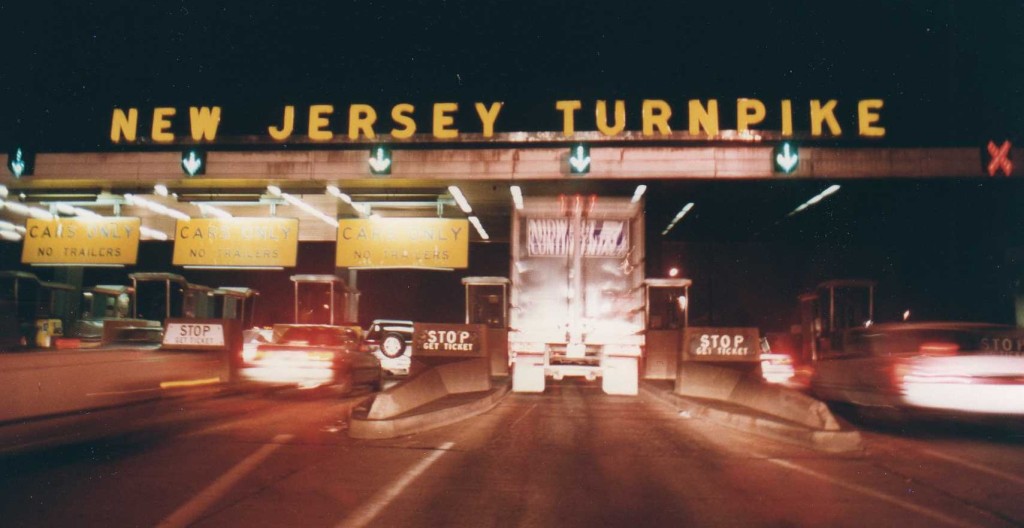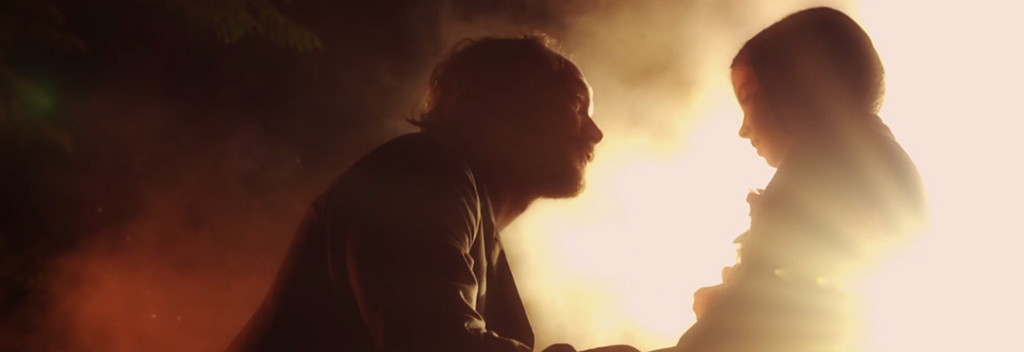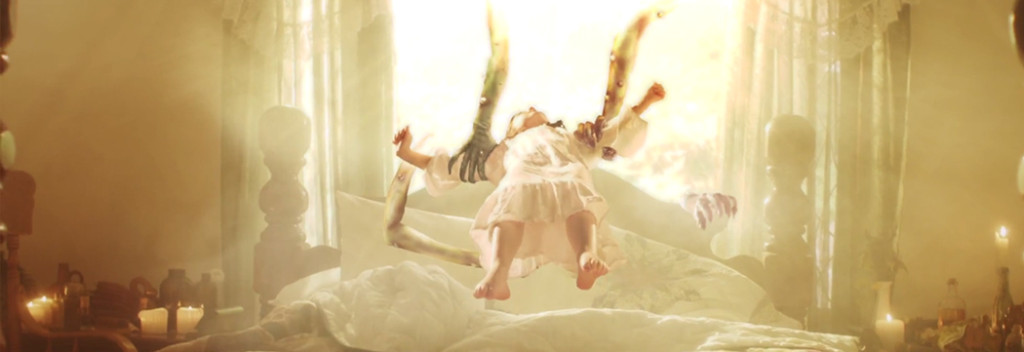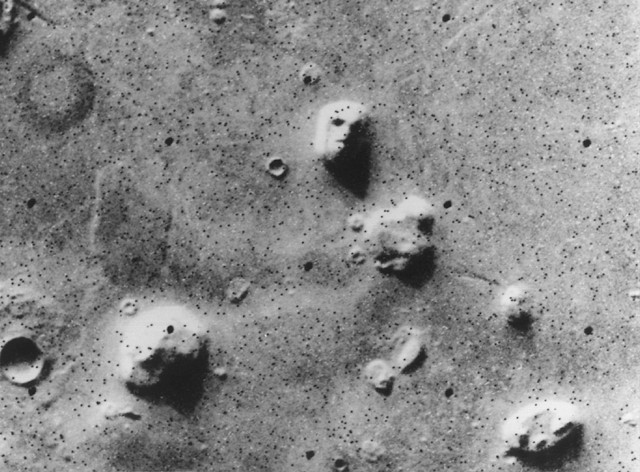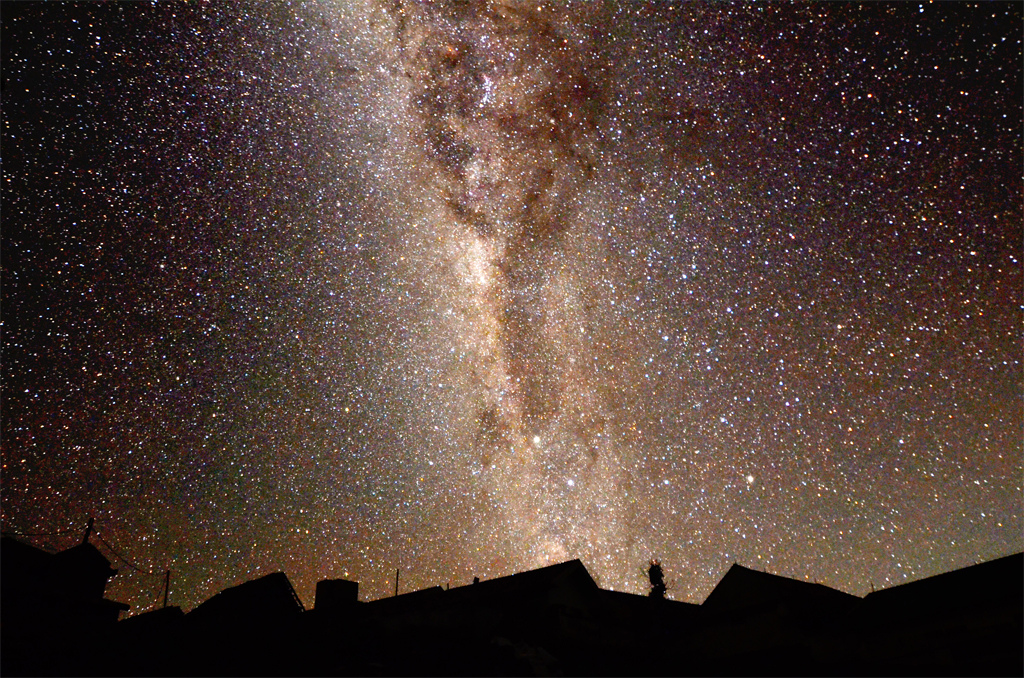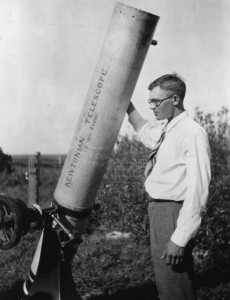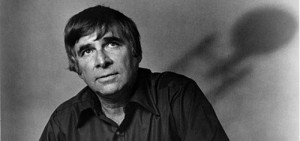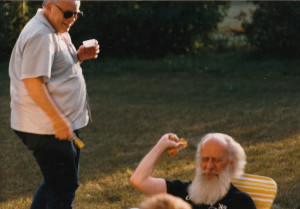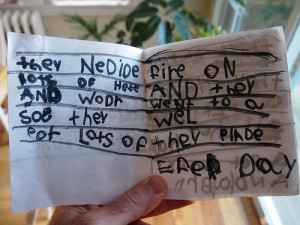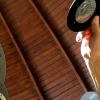“In a word, if we want security, let us give security; if we want life, let us give life;
if we want opportunities, let us provide opportunities.” — Pope Francis, to Congress, 9/24/15
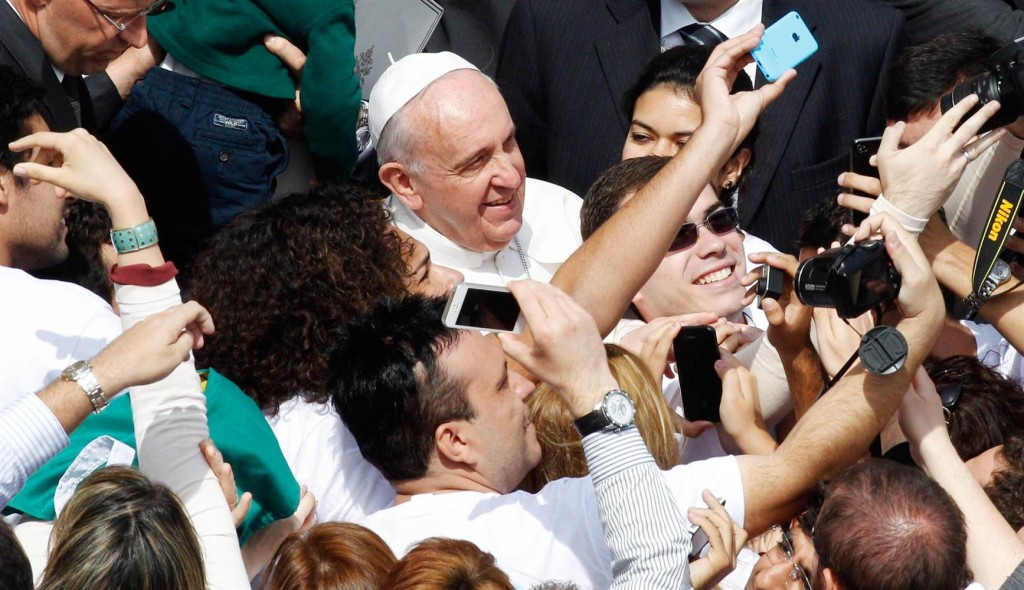
Selfie pope takes selfies.
If you’ve been reading Sacred Earthlings for a while, you may have guessed that, personally, I’m a Catholic. As such, I’ve been glued to coverage of Pope Francis’ visit to the United States in-between blogging, editing video and working on various other projects.
This is the first Pope I haven’t seen in person. Twenty years ago, I sat with the teeming masses huddled in a chilly Central Park for a Mass with Pope John Paul II, and in 2009 I covered Pope Benedict’s visit to New York for the wonderful Florida Catholic (while singing in the Mass choir at Yankee Stadium, which was an incredible musical experience).
This time, I wasn’t able to go, so the front lawn of my church here in Baltimore will have to do. They’ll be showing the Papal Mass in Philadephia outdoor-theater style (and, quite possibly, a Ravens game, too, but, hey, this is Baltimore. This is how we roll.)
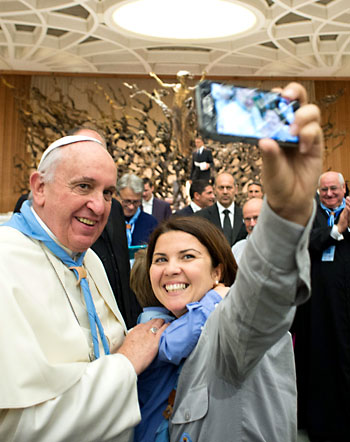
Like many Catholics, I’m never going to get tired of the Pope selfie.
One of the things I wish non-Catholics could sometimes understand about Mass is the unifying effect it has on congregations — especially when you’re in a mass-Mass situation, when you’re freezing or baking or waiting in a line to get in for what seems like a hundred years. The force of a thousand people saying the same responses, of thousands of voices lifted in song… it’s wildly cool, especially when you take your eyes off the guy in white for a little while and look around you. Yes, around you are thousands of other Catholics, and you realize that they don’t all look like you. Some are different colors, different races, different ages. Some are conservative, some are liberal, some are proud to be Catholic, some would rather be Pastafarian. Everyone’s in it for the same exact purpose: to glorify God.
Going to a normal Monday Mass at your average homogenous Catholic parish is one thing. Experiencing that kind of massive, positive, Kingdom-of-God-like diversity is yet another. I remember being fourteen and having traveled with my mother to Guapi, a small jungle town on the Pacific Coast of Colombia. Guapi, accessible only by boat and plane, is as different from suburban upstate New York as you can get — yet, sitting at Sunday Mass in the tiny blue plaster church in the center of town, I didn’t need to be a fluent Spanish-speaker. I knew what was going on. I could participate. I was Catholic. I knew these people, and they knew me.
It helps during this time of upheaval and anger, when everyone is so frightened of the “other,” of the different, of the alien and the migrant and the stranger, that we have Pope Francis, a man who has embraced inclusivity and care for the poor as the essential Christian value which it is. It makes me proud to be Catholic. It makes me happy to see friends who have consistently rejected Christianity because of some factions’ intolerance and greed finally take a peek behind the curtain of Vatican gold, papal infalliblity and its unfortunate political history to see that the foundational struts of the Commandments and the Beatitudes are still right where they belong.
If you don’t believe me, go talk to some nuns. Now, nuns have it going on.
 Never. Ever. Getting tired. Of pope selfies.
Never. Ever. Getting tired. Of pope selfies.
I’m wondering if, thousands of years from now, someone Catholic will be able to get off their ship at, say, Europa Station or an Alpha Centauri spaceport, find the local Catholic church and feel right at home, even if they’re surrounded by amoeba-aliens, wierdo-brains from Craxus Prime and that one telepathic species from Planet X that only speaks through bananaphones, because that’s Catholicism.
As James Joyce wrote in Finnegans Wake, Catholicism can be described as “here comes everybody.” Right now, it means black and white, Hispanic and African, Thai and Japanese, Russian and French, English and Argentinian. Everybody.
Everybody has a different ring to it once you think of the future, and what our world has the potential to become — positive, as well as negative.
I wonder who the Pope of the future will be waving to.
(I’ll get my bananaphone).
– – –
Subscribe to Sacred Earthlings for new story notifications!
Read the August Third Order story, “A Tomb For Demrick Fauston,” by Fred McGavran!
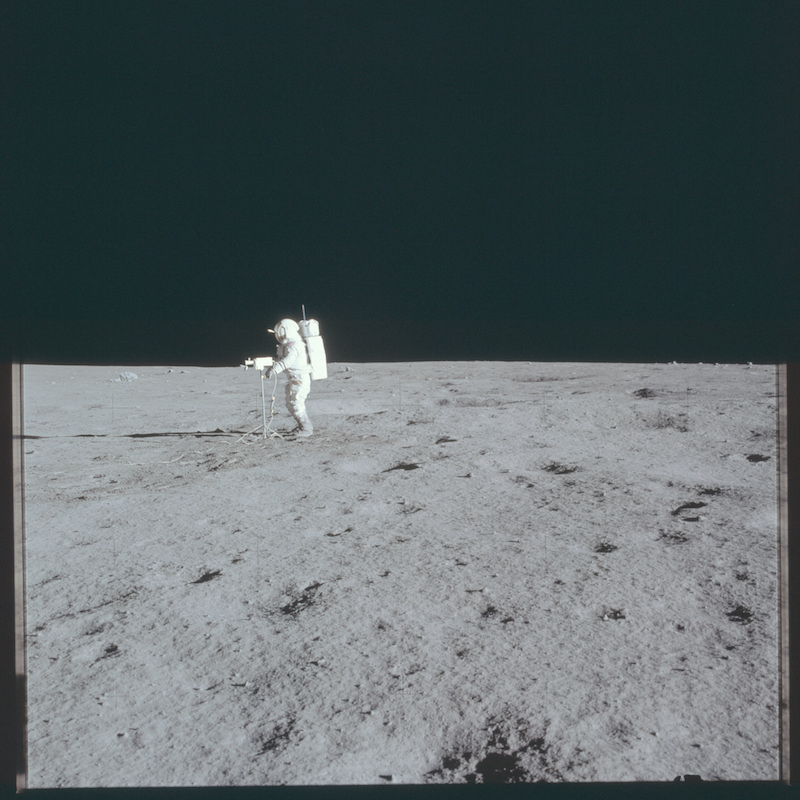 Greetings from Luna — weather’s fine!
Greetings from Luna — weather’s fine!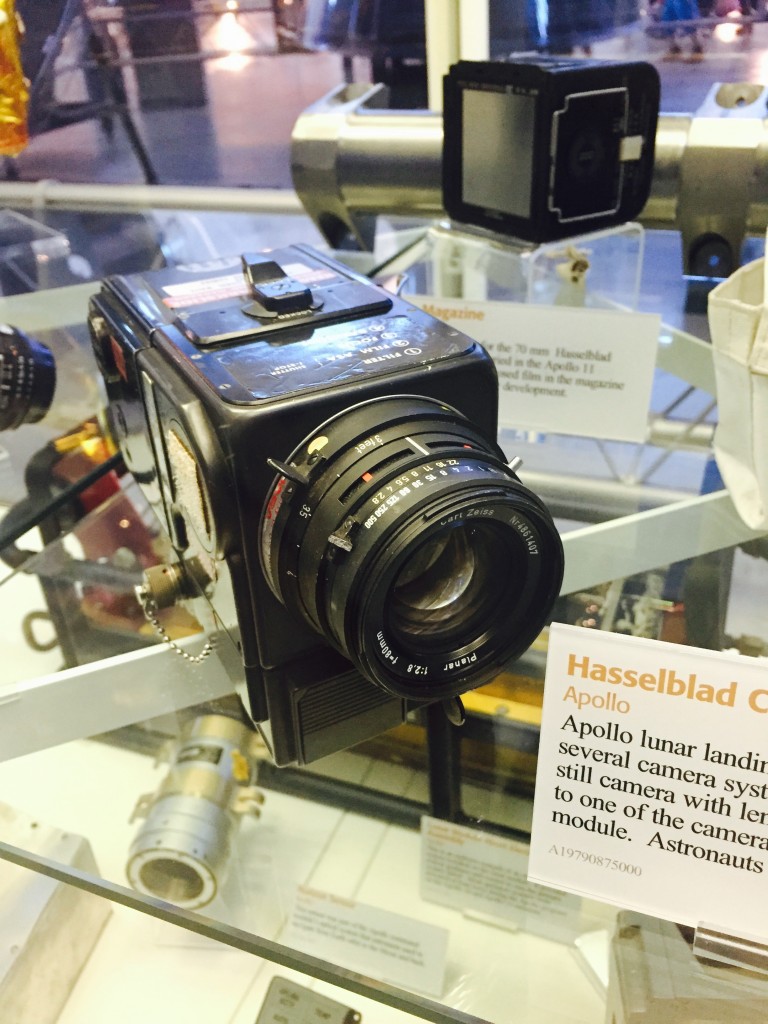
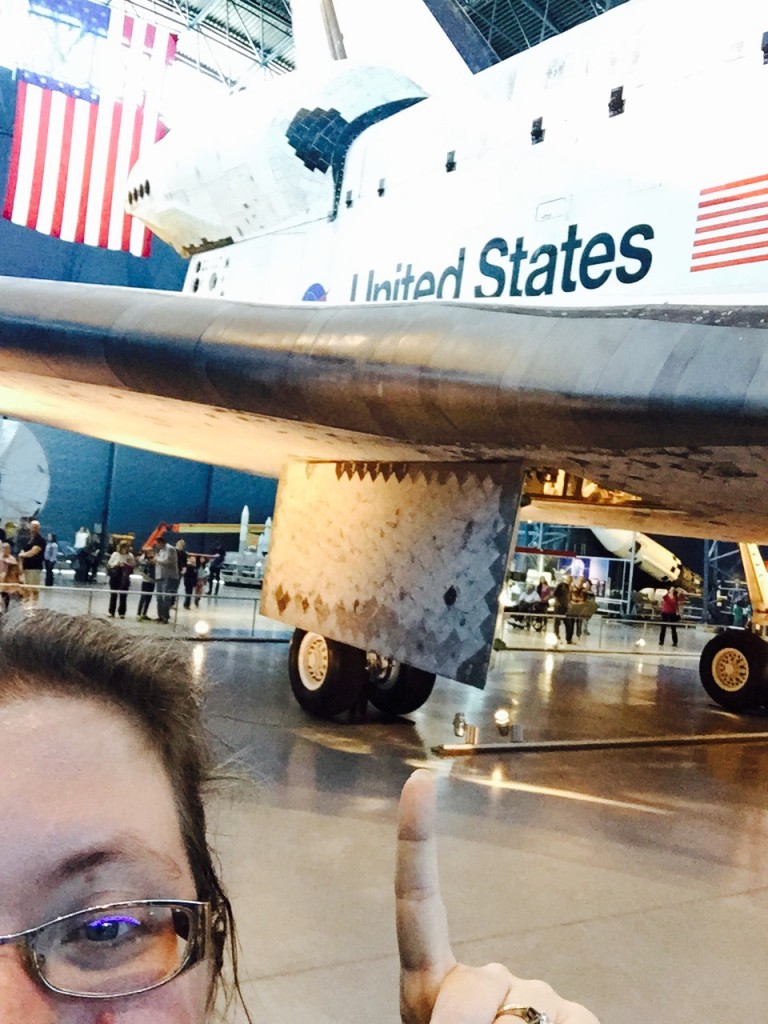 Your editor, checking things off the bucket list. Are space selfies > pope selfies? Let’s find out!
Your editor, checking things off the bucket list. Are space selfies > pope selfies? Let’s find out!





